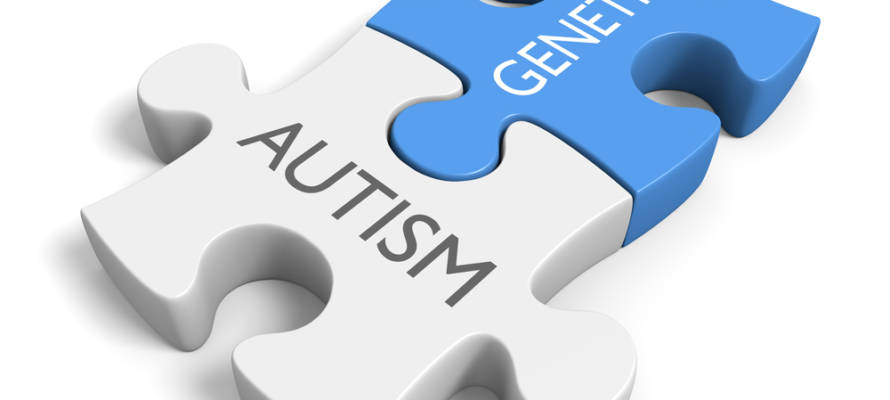Tel Aviv University researchers discover Alzheimer’s drug may repair autistic damage.
By Yakir Benzion, United With Israel
An international study led by Tel Aviv University found that a drug originally developed for Alzheimer’s disease is effective in treating severe autism.
Scientists got to study the brain of a seven-year-old autistic child from Croatia who suffered from the ADNP syndrome before dying.
Activity Dependent Neuroprotective Protein (ADNP) Syndrome is an extremely rare neurodevelopmental genetic disorder caused by a mutation in the ADNP gene in the brain that affects brain formation and development. Studies show the gene is critical for proper development and functioning not just of the brain, but also many other organs and functions of the body.
Scientists know that ADNP is most frequently associated with autism spectrum disorder, but significantly the ‘tau protein’ that was found in the autopsy on the autistic child is also related to Alzheimer’s disease (AD).
The child with ADNP syndrome had severe developmental delay, intellectual disability, and autism. In light of these findings, the researcher team headed by Prof. Illana Gozes of Tel Aviv University tested an experimental drug called NAP – originally developed for Alzheimer’s disease. They applied it to nerve cells in a laboratory model of ADNP syndrome with the mutation inducing Alzheimer’s-like symptoms.
The experiment was a success, with the damaged nerve–like cells returning to normal function.
“When we compared the postmortem ADNP syndrome brain tissues to tissue from the brain of a young person without ADNP syndrome, we found deposits of the tau protein in the ADNP child, a pathology that characterizes Alzheimer’s disease,” said Prof. Gozes.
The researchers then “treated” damaged nerve-like cells carrying an ADNP mutation, similar to the deceased child mutation with a drug candidate called NAP, which was developed in Prof. Gozes’s laboratory and originally intended to be used to help treat Alzheimer’s.
“NAP is actually a short active fragment of the normal ADNP protein,” Gozes said. “When we added NAP to the nerve cells carrying an ADNP mutation, the tau protein bound to the nerve cell skeleton properly, and the cells returned to normal function.”
Gozes said the study shows there is hope that NAP may be used as a remedy for ADNP syndrome and its severe implications, including autism. The drug is already in the system of the US Food and Drug Administration and is in the preparatory stages for a clinical trial in children with ADNP syndrome.
Gozes said a second phase of the study found that the mutation that causes ADNP syndrome damages a wide range of essential proteins with similar effects to Alzheimer’s disease, leading her to be optimistic that they will “ultimately reach the goal of developing a drug or drugs that will help children with autism resulting from genetic mutations.”
